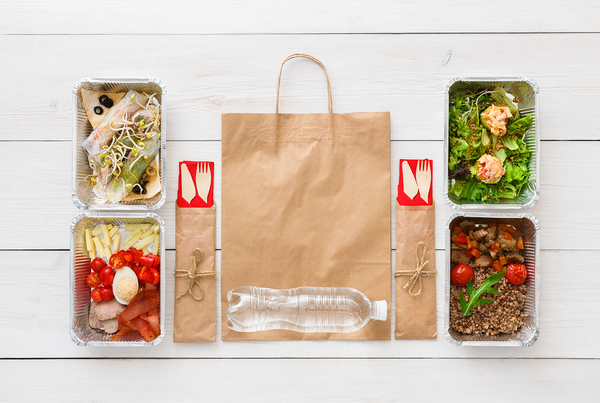It is fortunate that supply chains are becoming shorter and technology is making advances in consumer packaging

An emerging global middle class is demanding more from consumer packaging design.
Consumer packaging design has an enormous role to play in satisfying consumers, both in terms of using technology to make food products fresher and safer, and in terms of providing the information and convenience that consumers want from their food packaging.
In addition to all that, packaging has to be visually appealing and brand-supportive to draw attention on supermarket shelves. Here is the latest on priorities in consumer packaging design.
Clean Labeling Design
“Clean” labeling design does not necessarily refer to a minimalist aesthetic (though that, too, is popular now). It refers to the consumer’s ability to quickly locate and take in the information they want. Thirty-seven percent of consumers in the US say it is important to understand the ingredients listed on food labels, and an astonishing 91 percent believe that products whose ingredients are recognizable are healthier. Cleaner formulations and more transparency concerning ingredients, plus less-invasive processing, all combine to increase consumer appeal.
Sustainability Is Gaining Importance
Sustainability is becoming more important to consumers and manufacturers alike. Increasing costs for “virgin” packaging materials have prompted manufacturers to turn to recycled and sustainable consumer packaging design. This trend is not just limited to the US, but is a global phenomenon, and is especially prominent in the Asia-Pacific region, Western Europe, Africa, and the Middle East. Demand for filling and closing machinery that can handle sustainable materials is also increasing as a consequence.
Convenience and Portion Control Should Be Built In
It is safe to say that consumers’ demand for convenience will not abate. They are busier, and more interested in being able to control portions to minimize waste and keep calorie counts in line with their dietary goals. Consumer packaging that is not only clear about portion size, ingredients, and nutritional

Convenience does not have to be at odds with aesthetics and sustainability.
A Growing Global Middle Class Wants to Spend its Dollars Wisely
An emerging global middle class has more dollars to
Shelf Stability Reigns
Shelf stable products account for the largest proportion of 2014 shipments, accounting for over $163 billion. Rounding out the top five in terms of total value of shipments over nine food beverage segments are
This is believed to be due to customer perceiving canned foods as being less healthy. The biggest increase in material costs
Consumer packaging design has to evolve to meet demands of consumers as well as the needs of packaged goods manufacturers and the machinery used to get products ready for store shelves. It is a tall order, to be sure, but advances in technology, shorter supply chains, and an increase in availability of sustainable packaging materials are combining to help consumer packaged goods meet these needs.
Want to learn more about PKG and how we look at the PMMI Report? Get in touch with us now.
 |
 |




-min-2.png)


